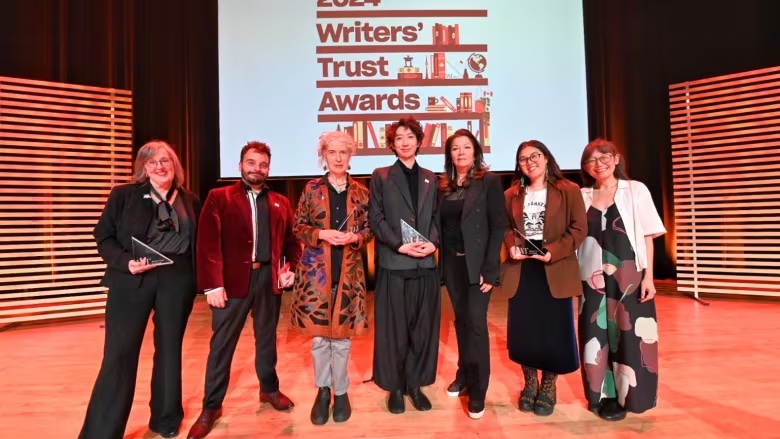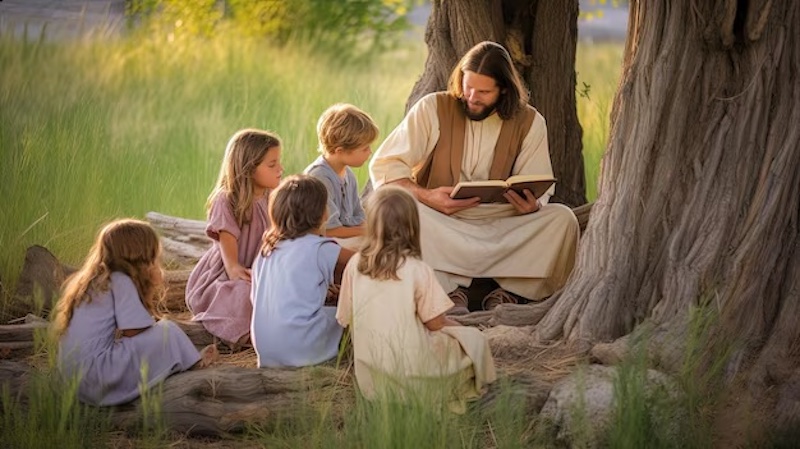A treasure trove of literary and historical traditions shapes creativity. Leslie Stephen’s efforts to define a canon of great works of literature predated those of F. R. Leavis and his Great Tradition (1948). Although Stephen’s daughter Virginia Woolf aligned herself as a critic with the “common reader”, she too, according to Anne Reus’s Virginia Woolf and Nineteenth-Century Women Writers, sought to place her own uncommon writing within a tradition of female literature with permanent value. In A Room of One’s Own, Woolf pits two female “greats”, Jane Austen and Charlotte Brontë, against each other. Woolf originally had reservations about Austen’s apparent buttoned-up conformity – “A clergyman’s daughter”, she once sniffed, “no doubt, very carefully brought up”. She later came to a more rounded appreciation of her forebear’s talents. But Brontë, says our reviewer Sophie Oliver, “seemed able, in a way that Woolf was not, to … ‘seize the silver table by the legs or dash the teacups on the floor’”. Elizabeth Abel’s Odd Affinities uncovers Woolf’s influence on James Baldwin: she allowed the novelist to “avoid the social critique so often expected of writers of colour” by presenting “an aesthetic solution to a social problem”.
Sociologists discriminate between the Great Traditions of the elites and the Little Traditions or folk customs of the common people. Both traditions are contested in contemporary Anglo-American discourse. Frank Furedi’s The War Against the Past argues that “the entire historical legacy of Western civilization has been turned into a battlefield” and deplores what he views as a “moral crusade seeking to make people ashamed of their origins”. Niall Ferguson agrees, deploring developments leading “not only to a decay of educational standards, but also to a fundamental disconnection of the young from their heritage”.
Manisha Sinha’s The Rise and Fall of the Second American Republic analyses “the epic drama” of the period following the Civil War. In Stephanie McCurry’s words, Sinha recasts the Reconstruction era as a “state of war; the postwar nation as a ‘stockade’ or garrison state; the period as a process of ‘Greater Reconstruction’, defined as much by the Indian wars as by the abolition of slavery; as proof of the fundamental ‘illiberalism’ of the US”. While praising the author’s reassessment of the radical tradition of abolitionist democracy, McCurry believes that her history undervalues the role of the victors, the Union forces, in reshaping the world to come.
The post In this week’s TLS appeared first on TLS.

 By Times Literary Supplement | Created at 2024-11-20 16:49:30 | Updated at 2024-11-21 09:28:14
17 hours ago
By Times Literary Supplement | Created at 2024-11-20 16:49:30 | Updated at 2024-11-21 09:28:14
17 hours ago








